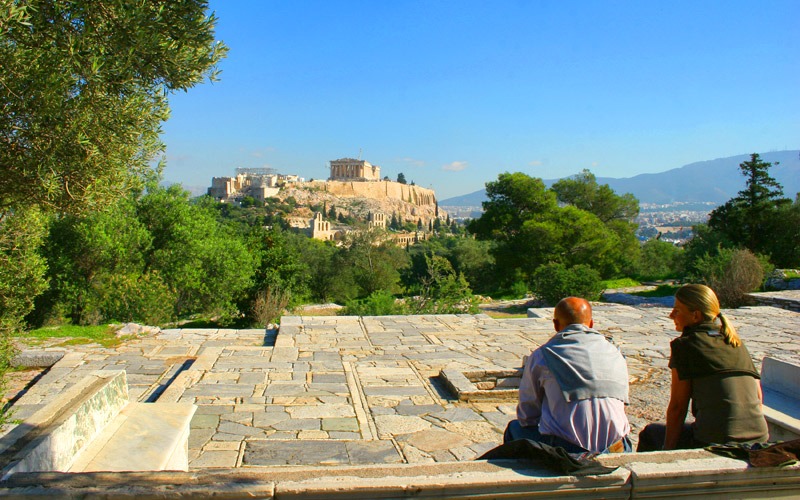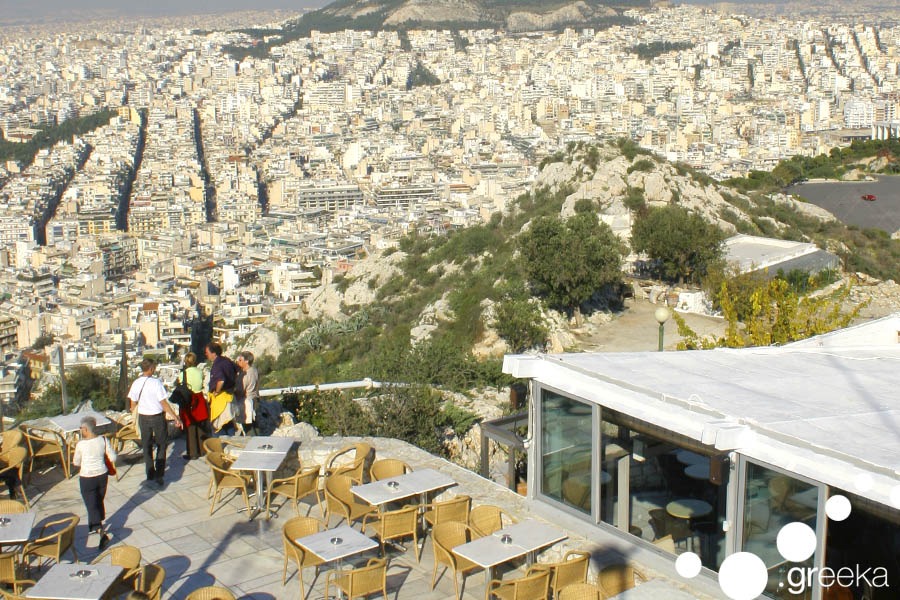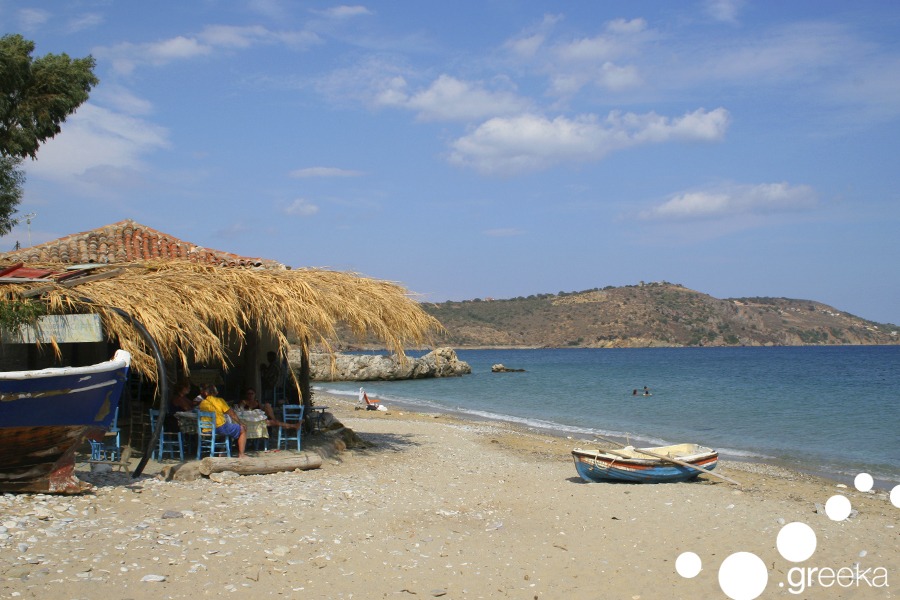By on 10-10-2016
Share this post:
The incredibly beautiful island of Milos, located in the Aegean Sea and belonging to the island complex of Cyclades, is inhabited since prehistory. It is shaped like a horseshoe and, except for its long and rich history, is also known for its two dormant volcanoes. Their existence naturally led to the formation of obsidian, which is a volcanic glass with black color. Thanks to this naturally made glass, the population of Milos flourished as the people quickly understood that obsidian could be used for the manufacture of tools or even weapons. During the Bronze Age, obsidian became less and less popular since bronze became more preferred.
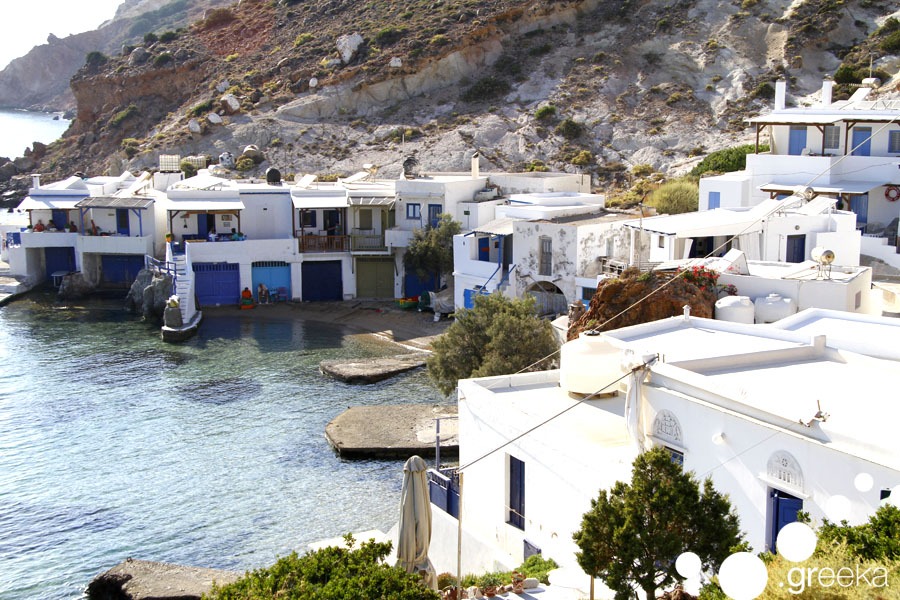
The sights
Milos’ first settlement was Phylakopi, located northeasterly and populated mostly by fishermen. Nowadays, its largest part is submerged beneath the sea but there are still some remains of its port, which was actually one of the most significant ports used during antiquity thanks to obsidian exportation. Some parts of the ancient fortification standstill and robust. During the 1970s, excavations revealed many human-like and animal-like figurines in that area. Furthermore, the British School of Archaeology revealed unique frescoes and it has been suggested that their work of art was influenced by the Minoan civilization. There is also another ancient settlement in Klima which was built by the Dorians. This settlement was created approximately between the 11th and 8th centuries after the city of Phylakopi had begun to decline. In there, you can admire parts of the ancient walls and the Roman theater.
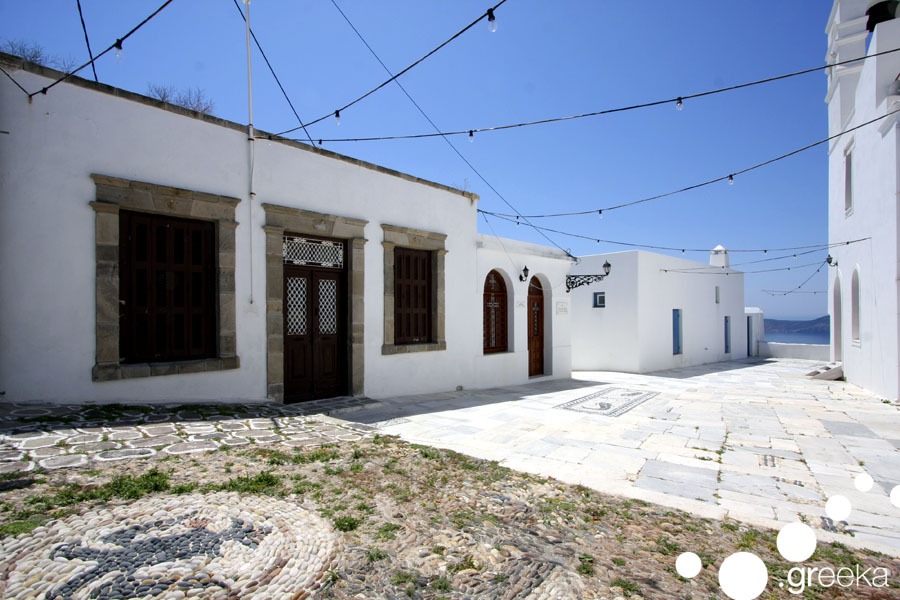
In Milos’ capital, Plaka, there is the Archaeological Museum of Milos that houses plenty of the artworks found in the settlement of Phylakopi along with exhibits that date back to Christian times. This museum houses a replica of one of the most well-known sculptures of the world: Venus de Milo. The actual statue is exhibited in the Louvre Museum, Paris. The lovely neoclassical building hosting the Archaeological Museum of Milos was designed by Ernst Ziller.
Milos houses yet another interesting museum, the “Folklore Museum of Milos”, located in Plaka. The museum was founded in 1967, housed in a mansion that was built in the 19th century. Visitors have the opportunity to understand the way people lived in the 19th century as well as their daily activities and habits. They can also admire costumes, tools, and utensils of their everyday life.
There is also “the Ecclesiastical Museum of Milos”, near Adamada port. This museum is actually a church, the church of Agia Triada, which has been built more than 1,000 years ago. Architecturally speaking, this church is rather unique having a cross-vaulting ceiling and three-nave basilica. This rare museum has many religious items that date back to the 14th century.
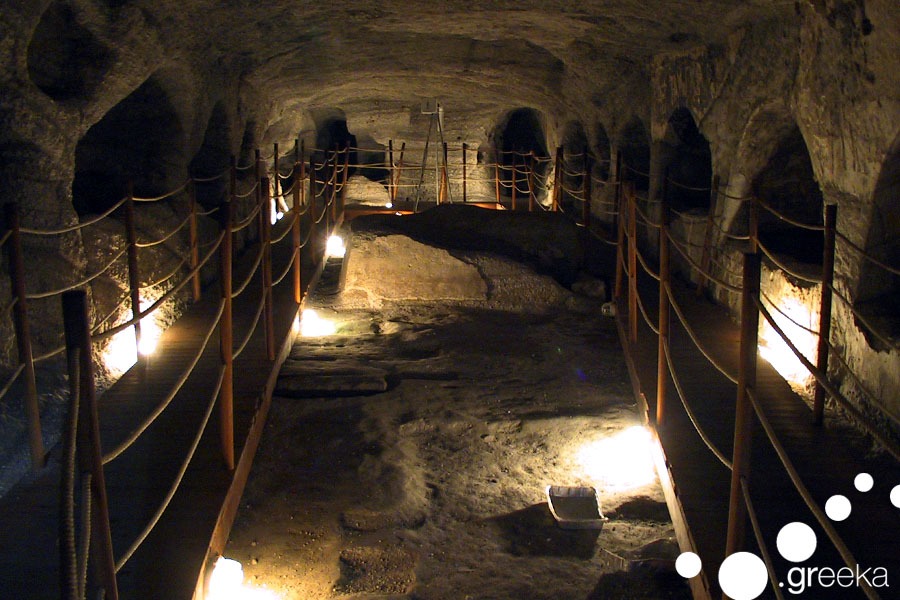
Last but not least, in the settlement of Tripiti, visitors can admire the wondrous Catacombs. These Catacombs were created by Christians during the early Christian period and some of them are still used for storage purposes. Inside them, there are some family tombs from the Roman Period but, unfortunately, those tombs were stolen.

